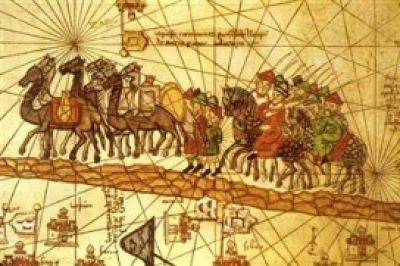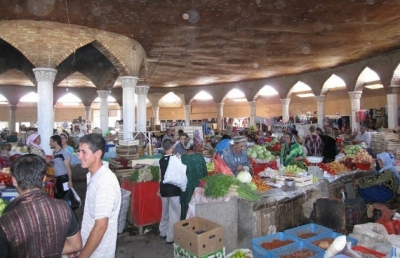Guest post: the route to better relationships with China lies along the Silk Road
Coined by prominent Chinese academic Wang Jisi back in 2011, the ‘March Westwards’ strategy is the external component of the ‘Develop the West’ strategy that Beijing advanced to bring prosperity and development to its historically underdeveloped and turbulent western provinces of Xinjiang and Tibet. Long-standing sources of instability for the central government, the regions were racked by particular violence in 2008 (Tibet) and 2009 (Xinjiang). The brutality of the Xinjiang violence was a wake-up call, with more than 200 reportedly killed on the streets of Urumqi, the provincial capital, as the chaos forced then-leader Hu Jintao to leave an international G8 Summit in L’Aquila to manage the situation.


